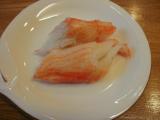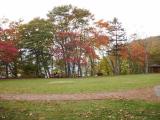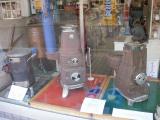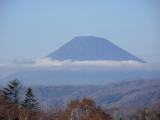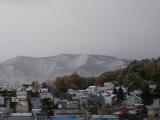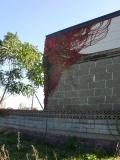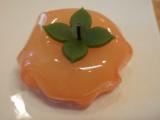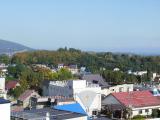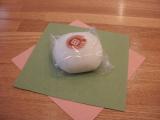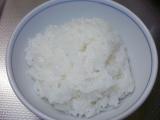When I was watching TV this morning, I saw "Surimi" was being covered as a topic.
"Surimi", known to us as "Kanikama" is a kind of minced fish cake that looks and tastes like crab meat.
It originates from Japan, but they say it is now popular in Europe, and the TV was showing the supermarket's shelf selling Surimi in France to indicate how popular it is.
The TV also was showing a large-scale Surimi factory in Lithuania.
